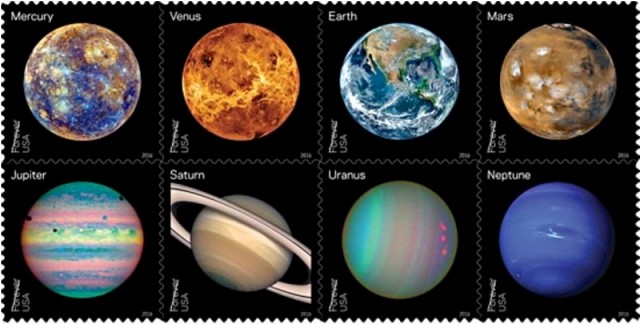I know the title may be misleading, but this is indeed a J-related post since out of the 5 people featured here, 3 of them bear a name that starts with J so, here we go :)
On September 26th, the USPS issued 5 stamps honoring five chefs who are said to have revolutionized the nation’s understanding of food. By integrating international ingredients and recipes with American cooking techniques and influence, these chefs introduced new foods and flavors to the American culture.
The chefs featured here are:
Joyce Chen - (1917–1994) is one of America’s most well-known promoters of Chinese food. From her landmark restaurant in the Boston area to her cookbooks and trailblazing PBS television show, Chen invited newcomers to sample unfamiliar dishes in ways that firmly established Chinese cuisine in the United States.
James Beard - (1903–1985) laid the groundwork for the food revolution that has put America at the forefront of global gastronomy. He was a pioneer foodie, host of the first food program on the fledgling medium of television in 1946, the first to suspect that classic American culinary traditions might cohere into a national cuisine, and an early champion of local products and markets. Beard nurtured a generation of American chefs and cookbook authors who have changed the way we eat.
Julia Child - (1912–2004), demystified French cuisine for a U.S. audience. Through her extremely popular television shows and cookbooks, Child showed us that we could make even complicated dishes in our very own kitchens, doing so with a joie de vivre that made her the public face of American cooking for more than 40 years.
Edna Lewis - (1916–2006) - Known as “the Grande Dame of Southern Cooking,” Edna found wisdom in the customs and patterns of her rural Virginia childhood. By bringing such quintessential dishes as shrimp and grits or roast chicken to the plates of fine restaurants, Lewis convinced her fellow Americans to take a second look at Southern cooking while also serving as one of the first voices to reemphasize the importance of fresh, seasonal ingredients.
Felipe Rojas-Lombardi - (1946–1991) Renowned for his creativity and culinary adventurousness,, Felipe is widely credited with introducing the Spanish small-plate tapas concept to American restaurants while raising the profile of Caribbean and South American cuisine.
*** information taken from the USPS website.
As a foodie, I have to say I find these stamps really interesting since I especially like trying out interesting and unusual foods (as long as it is not something alive or is meat, with some exceptions). I especially have a soft spot for desserts (my FB friends know what I am talking about :D)
Can't say I have a favourite cuisine, but for sure I love Chinese, Italian, Turkish and Mexican stuff.
How about you? Any favourite cuisine or food? :)
For more J-stamps, visit today's edition of Sunday Stamps :)








